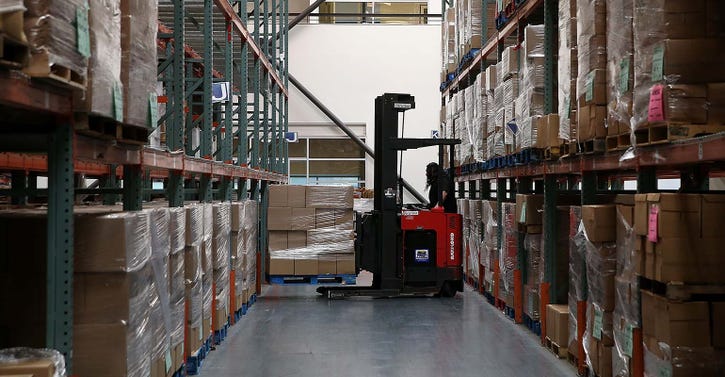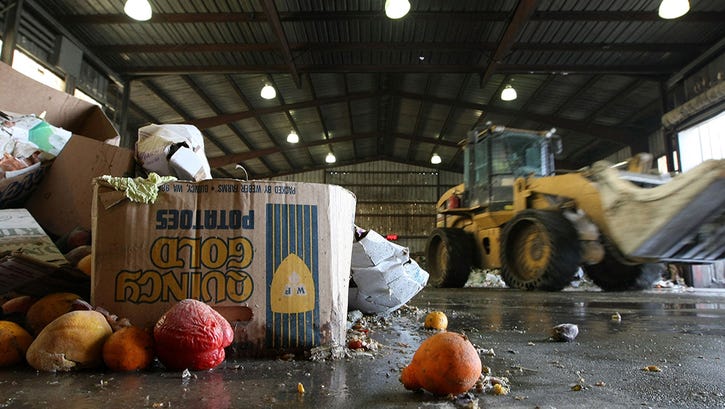Even as more restaurants track their food waste, donate leftovers to charity or compost, they could go even further with more education.
Food waste reduction is on a growing number of foodservice businesses’ radar. In a 2019 National Restaurant Association survey, half of responding restaurant operators said they track their food waste; 22 percent said they donate edible leftovers to charity; and 14 percent compost some of their leftovers.
Chefs, in particular, are buying into sustainability concepts; some plan menus around priorities like sourcing locally and finding creative uses for what would otherwise be tossed. In fact, zero waste cooking was number three of 140-plus trends of interest to chefs, according to the National Restaurant Association’s What’s Hot Culinary Forecast.
Drexel University in Philadelphia is working to expand the zero waste culture with plans to develop a culinary curriculum to increase instructors’ awareness of how chefs can further support food rescue.
Foodservice businesses—and not just their chefs—could go further with more education, which is a main reason that the Food Waste Reduction Alliance evolved, joining the Consumer Brands Association (formerly Grocery Manufacturers Association), the Food Marketing Institute and the National Restaurant Association. The alliance educates members of all three groups through a platform to share food waste reduction practices and other resources, including restaurant foodservice and grocery action guides that the industry developed with Rethink Food Waste Through Economics and Data (ReFED).

Restaurants are inquiring about food donation.
“They are eager to get information on this and want to donate food. But they are often hesitant because they have liability concerns,” says Laura Abshire, director of food and sustainability policy for the National Restaurant Association. “The Good Samaritan law is broad; they have questions around what it means. We are working to educate them, so they know that this law does protect them, and so they see that they can reduce resources, help protect the environment and help their communities with donations.”
Donations add up, whether from scores of small mom-and-pop shops or a single, large corporation. In the U.S., through its partnership with Food Donation Connection, McDonald’s has donated more than 825,900 pounds of food to charities since September 2019, says a McDonald’s spokesperson. That’s up from 448,000 pounds reported as of May 2018.
Taco Time Northwest, with 79 quick service restaurants, has focused its food waste management practices largely on composting.
“We looked at donating to a shelter, but we plan well for each day, so we have little left. Plus, our locations are so spaced out, so pickups were not feasible for the shelter for the amount of leftovers we had. That’s why we focused on compost—so food waste ends up in someone’s garden,” says Wes Benson, Taco Time Northwest’s franchise affairs and sustainability manager.
Today, despite shifting from a three-bin system to a one-bin system, the company manages to compost all its waste. With three bins, contamination was a big problem. Not everyone read the signs and sorted correctly, so nine of 10 compostable bags ended up in the trash.
So, Taco Time removed sorting from the equation. It replaced the blue, green and black bins with only compost bins. And it bought all compostable serving materials.
“Then, all the struggles we had earlier disappeared. By making sure every item customers touch is compostable, and by only providing one bin type, they can’t make a mistake. All food and packaging waste gets composted,” says Benson.

Chipotle is another chain that has made public its composting priorities, announcing it plans to increase composting at its restaurants by 20 percent by 2020. Additionally, the company is shooting to divert half of all its restaurant waste by that same year.
Businesses are looking for approaches that work for their particular business model, whether it's a quick service shop where there is minimal or no table service; a full-service chain with waitstaff and broader menus; or contractors who run kitchens for institutions and other businesses.
Each has its own challenges and advantages. Quick service often runs lean, with more front of house waste. Full-service restaurants typically deal more with both front and back of house waste. Contract foodservice businesses can be front and back of house, but they tend to be further ahead of most others in their sustainability practices because many contracts require it, explains Jeffrey Clark, sustainability and nutrition manager for the National Restaurant Association.
Regardless of their business model or circumstances, “Foodservice operations are very busy, and it’s a competitive industry, so they are interested in any fairly small win where they can make a difference. And they are interested in what they can do to make small adjustments,” says Clark.
It may be empowering staff to do more recycling, investing in inventory-tracking software or exploring a donation program.
In the long term, restaurants that prioritize cutting waste feel it in their bottom line. They save about $7 in operating costs for every $1 invested in food waste reduction, according to a 2019 Champions 12.3 report.
About the Author(s)
You May Also Like




